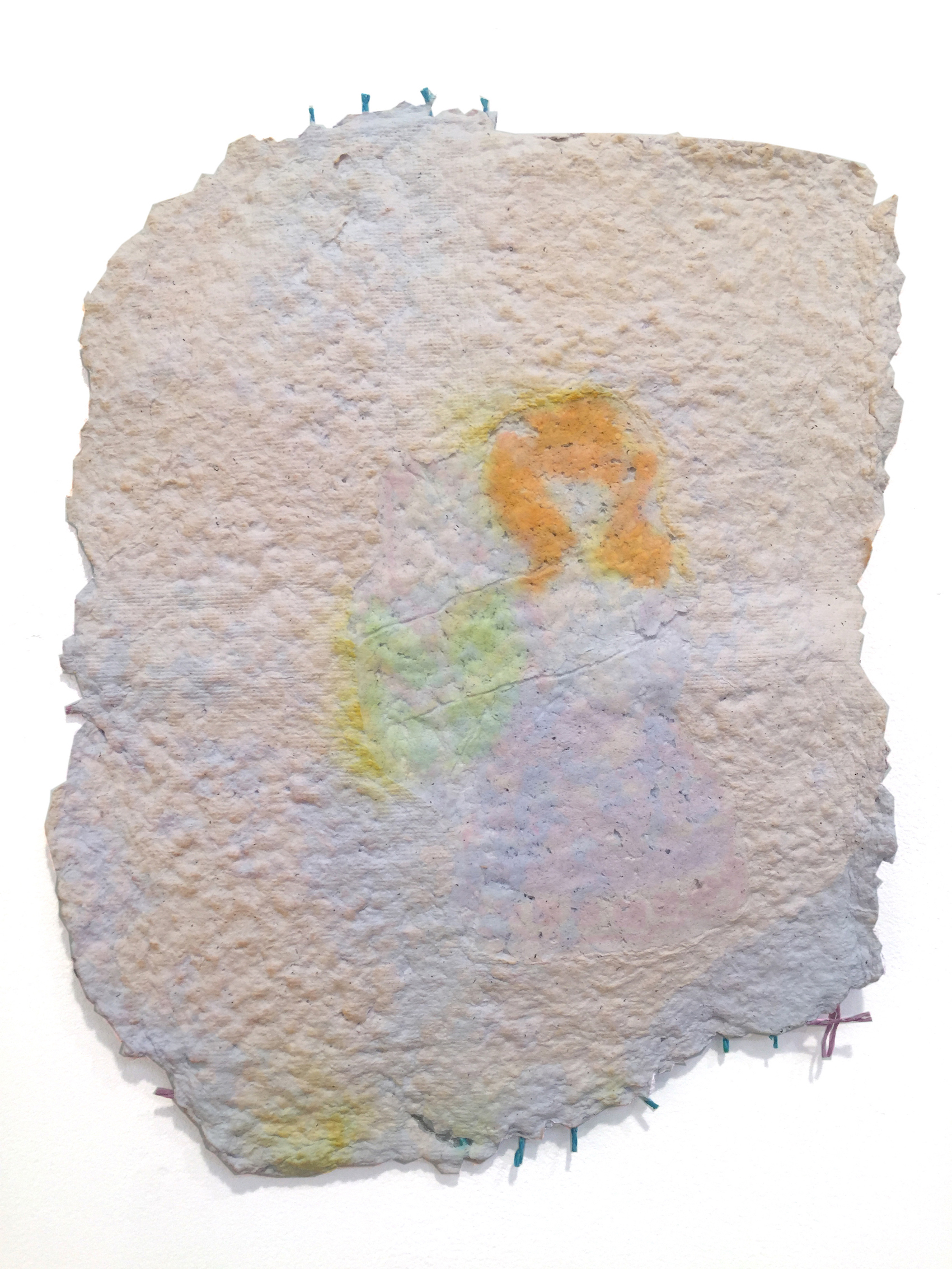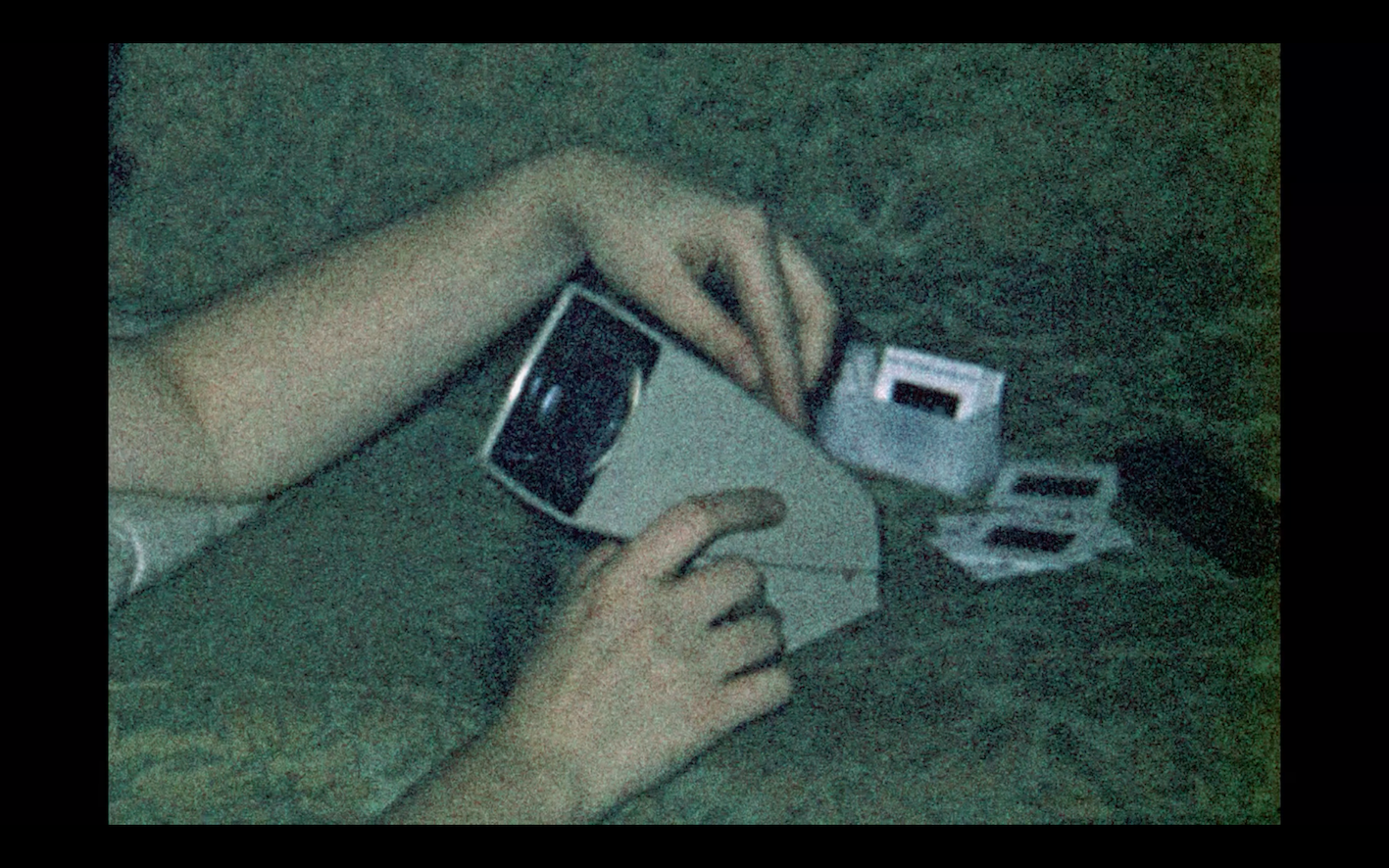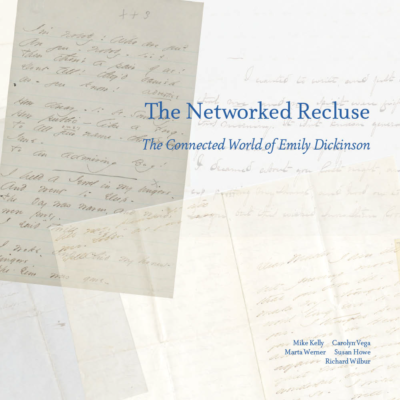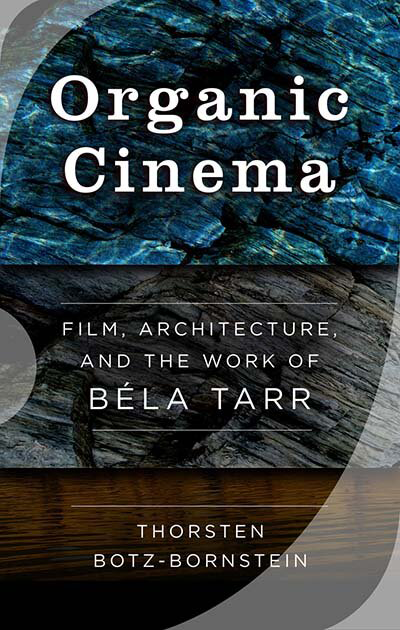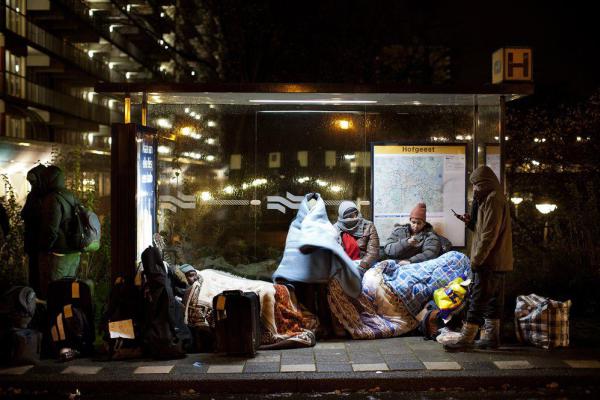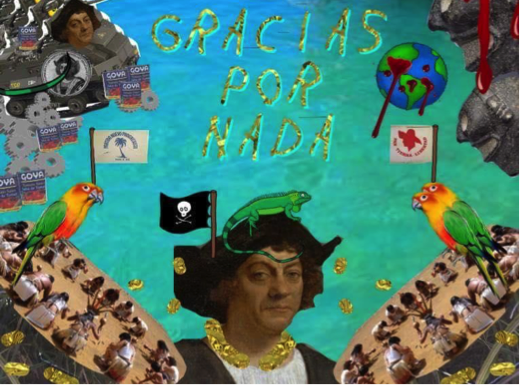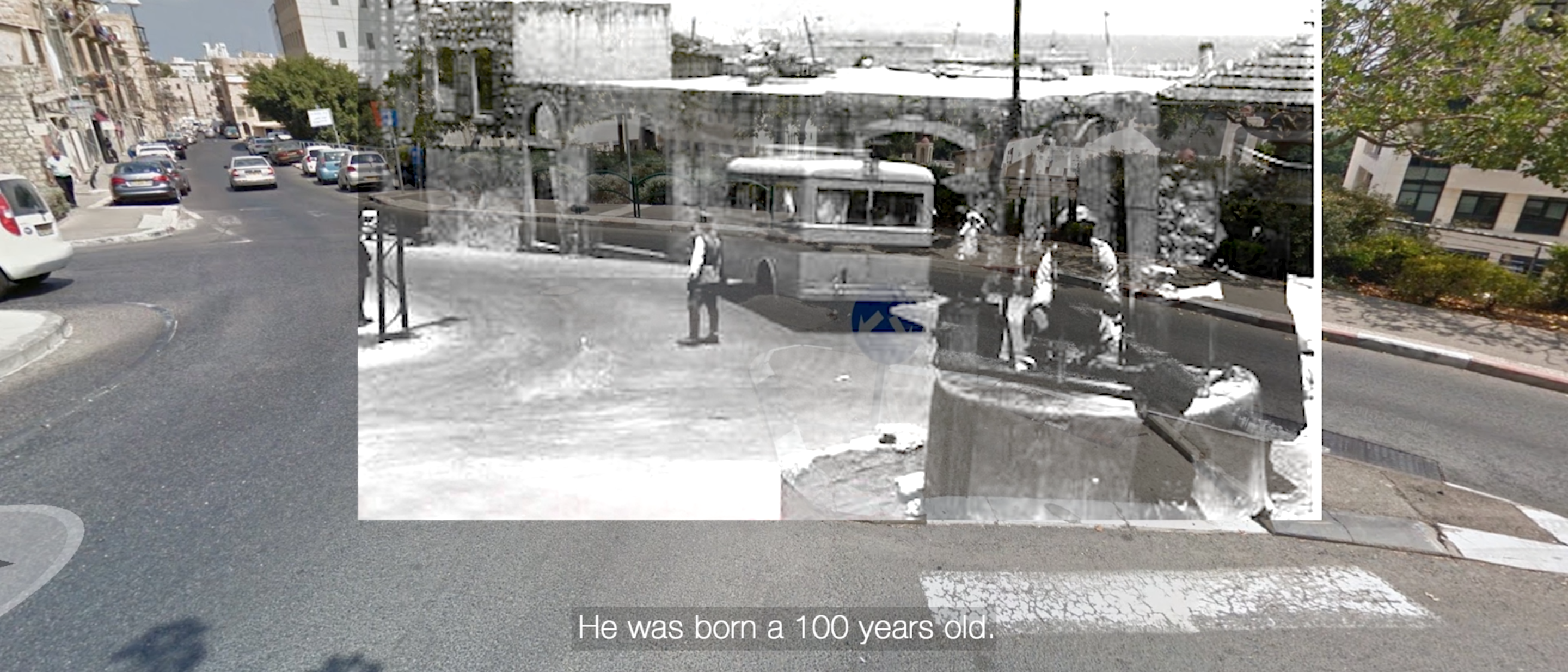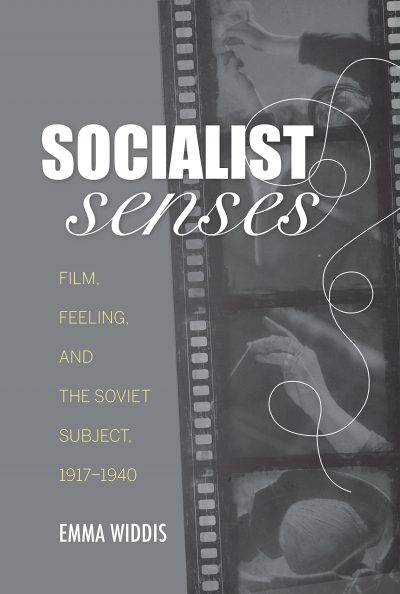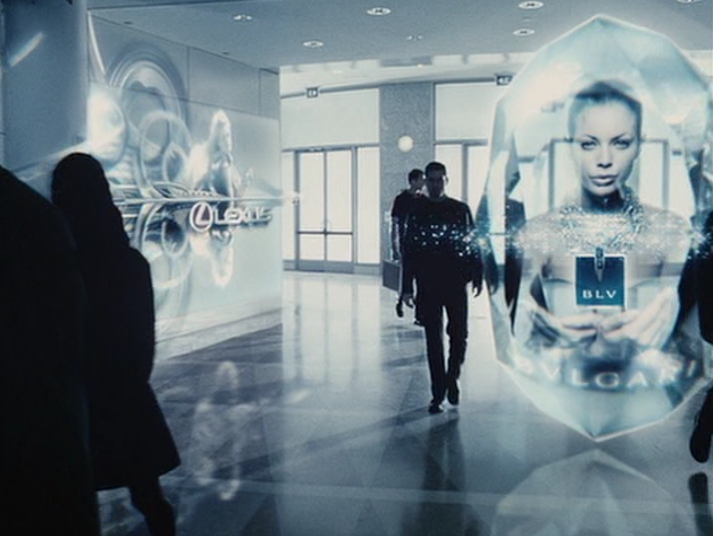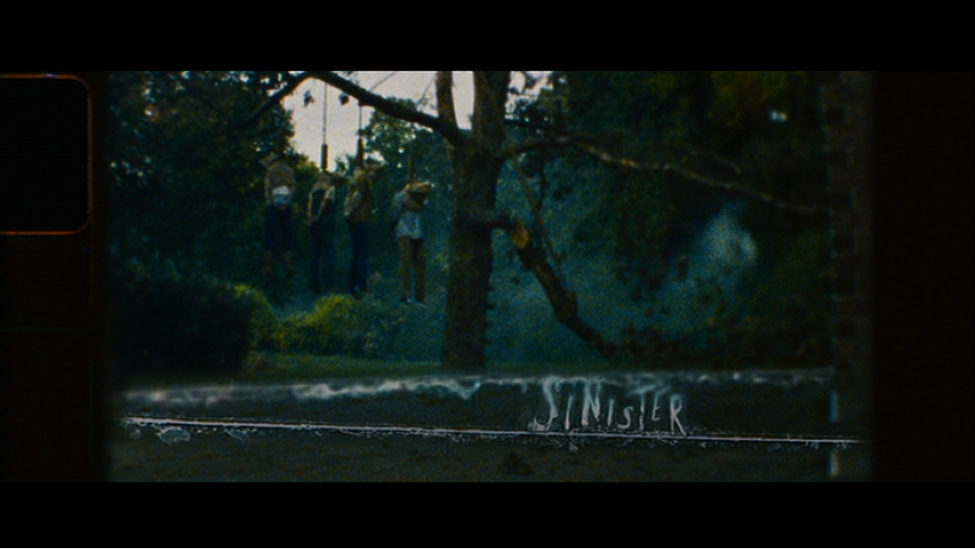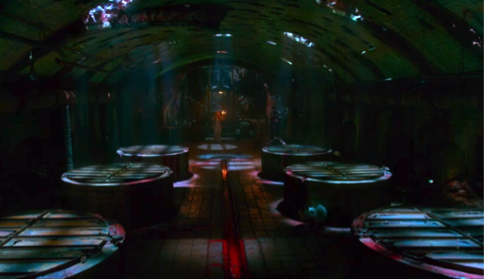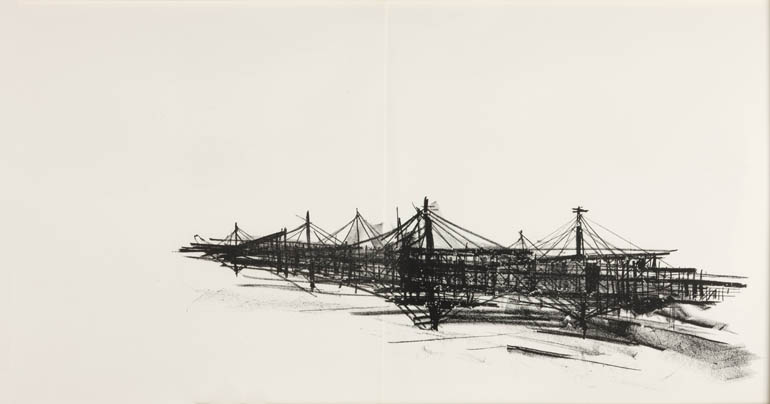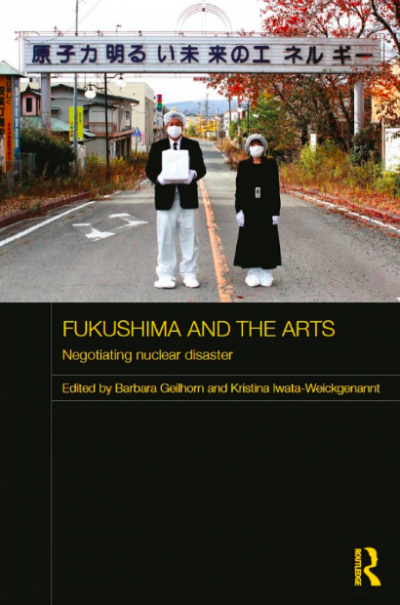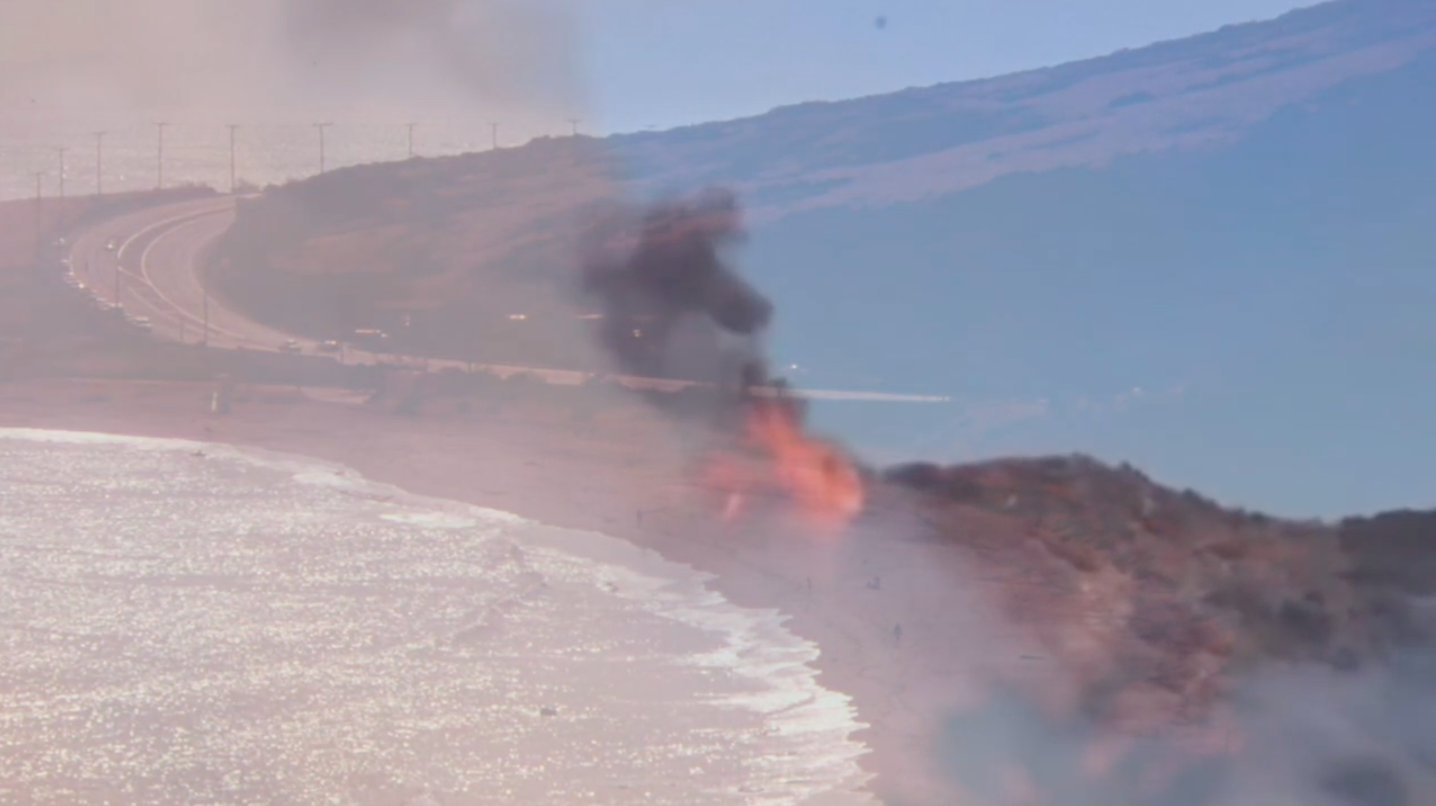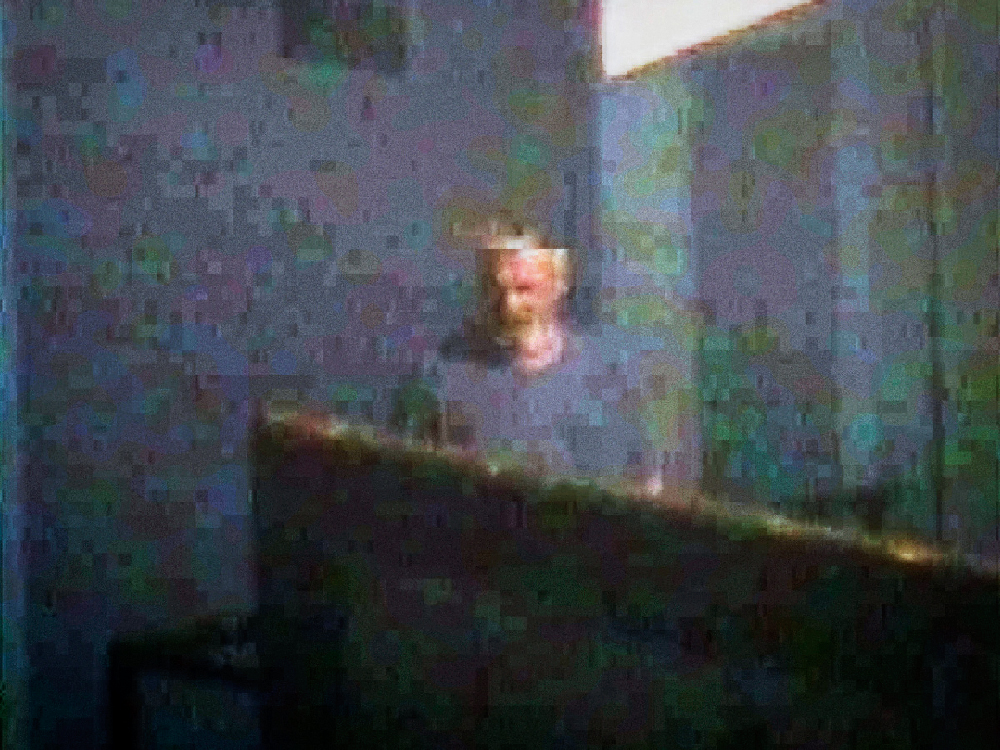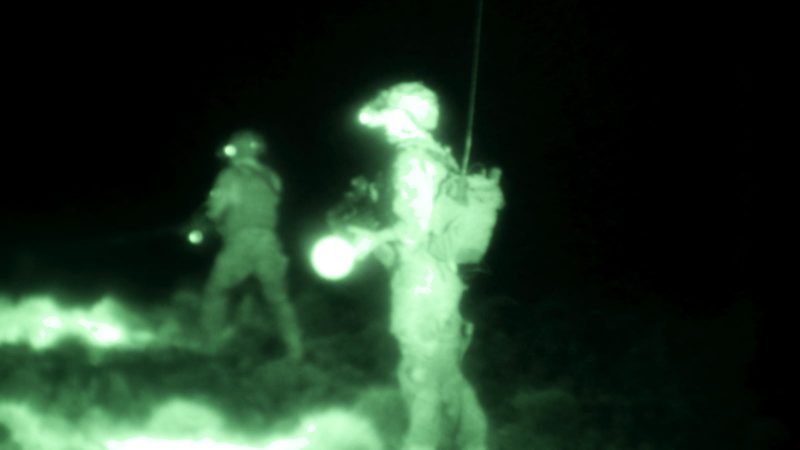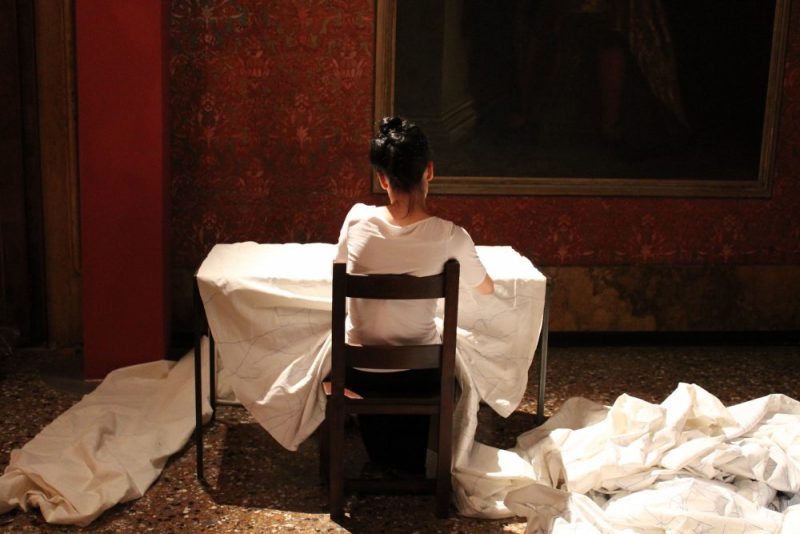Contributors / Issue 29: Beyond Love
Laurel Ahnert is a lecturer in the School of Film, Media & Theatre at Georgia State University. She researches ethical questions raised by global documentary films and online media using phenomenology as her philosophical lens. Her work has appeared in journals such as Social Text and New Review of Film & Television Studies. Tiffany E. Barber is a scholar, curator, and writer of twentieth and twenty-first century visual art, new media, and performance. Her work focuses on artists of the black diaspora working in the United States and the broader Atlantic world. She is Assistant Professor of Africana Studies at the University of Delaware. Loren Britton is an artist and curator based in between Berlin, Germany and New York, USA. Britton’s work explores the transformation of form via linguistic devices. Britton’s work is in relationship to the non-binary body and seeks to reimagine the utopian possibilities of language. Britton has exhibited in solo and group exhibitions at Boston University, Boston, MA, USA; Scott Charmin Gallery, Houston, TX, USA; LTD Gallery, Los Angeles, CA, USA; Vanity Projects, Miami, FL, USA; Field Projects, New …


